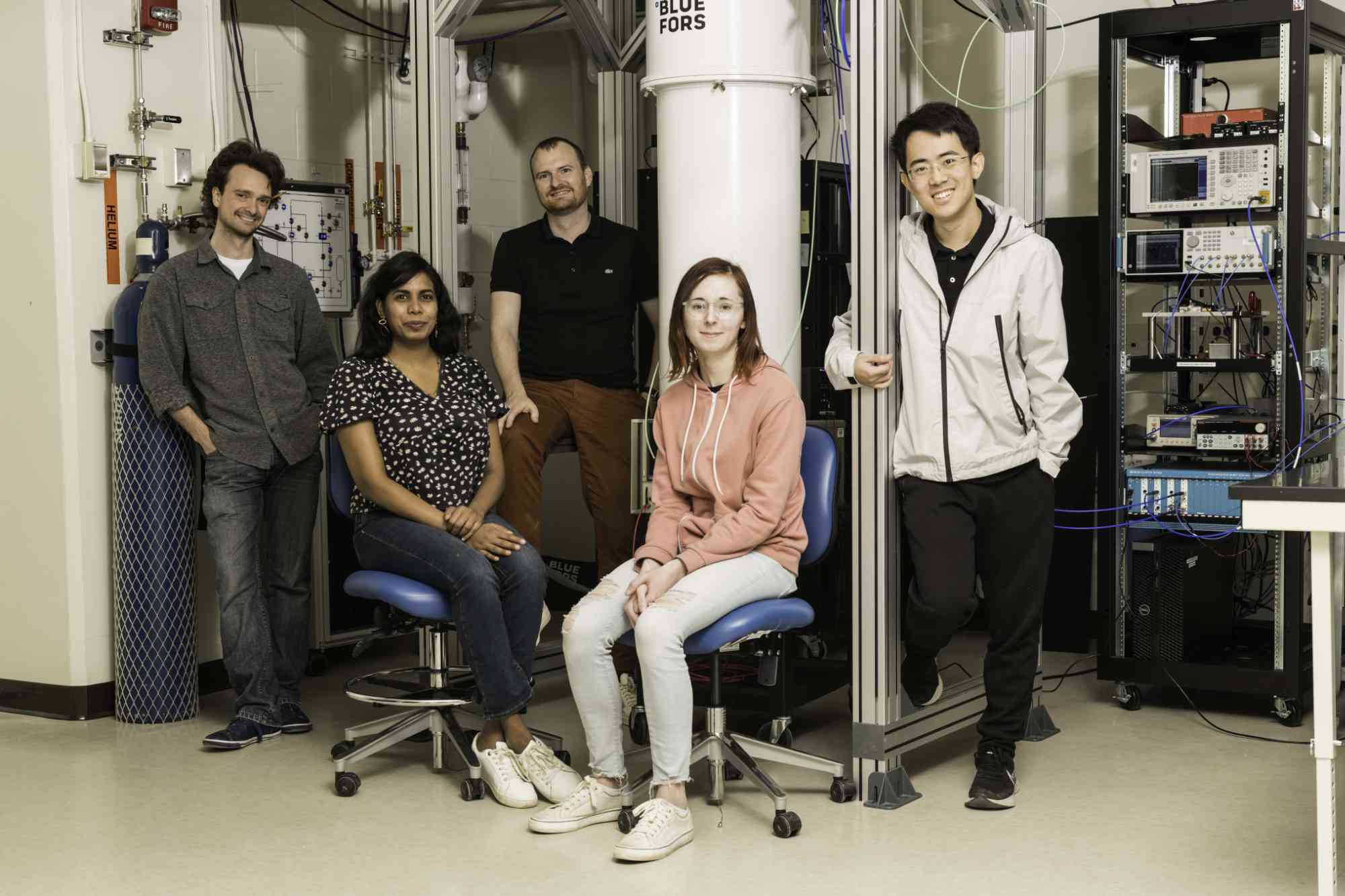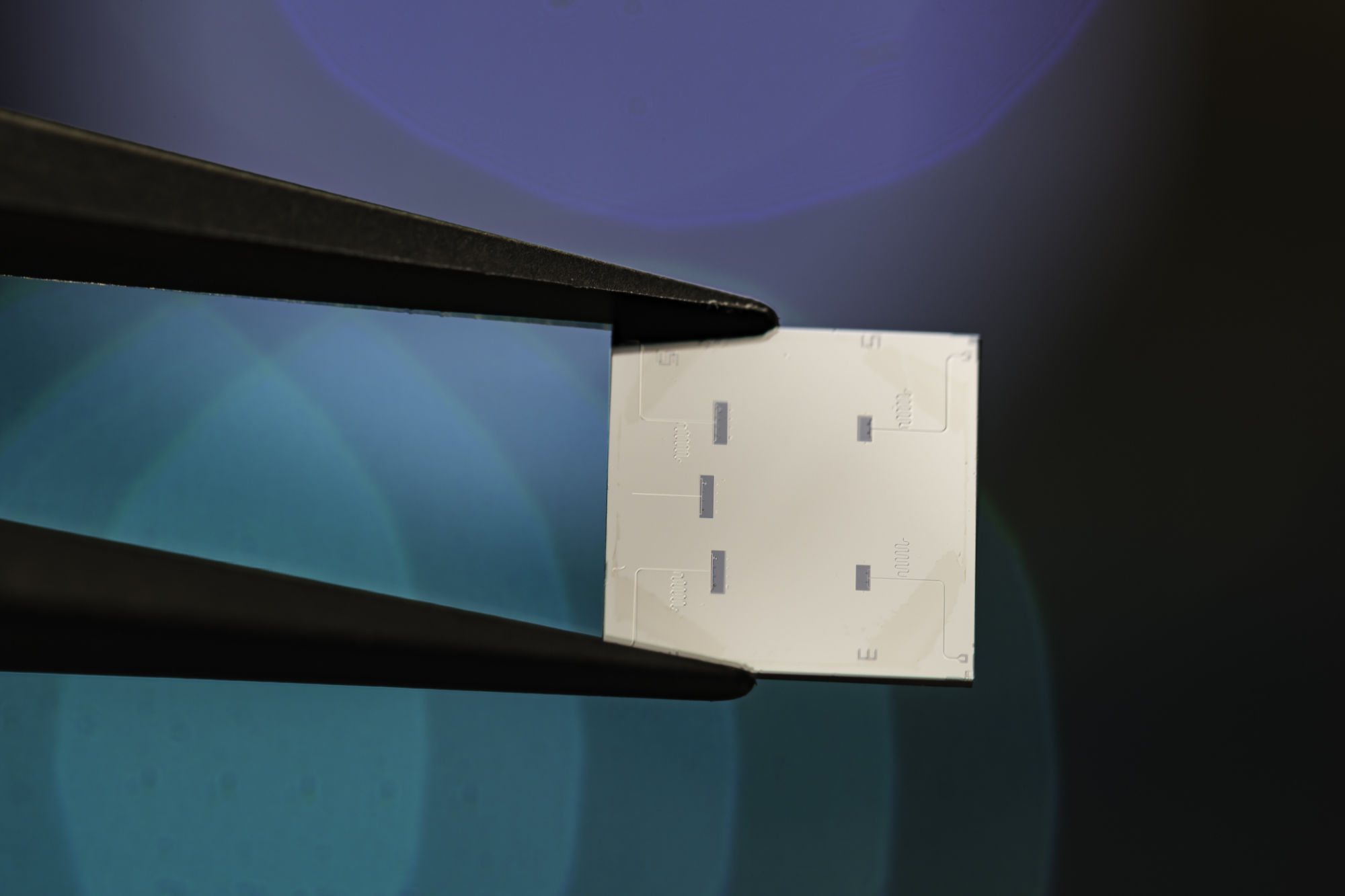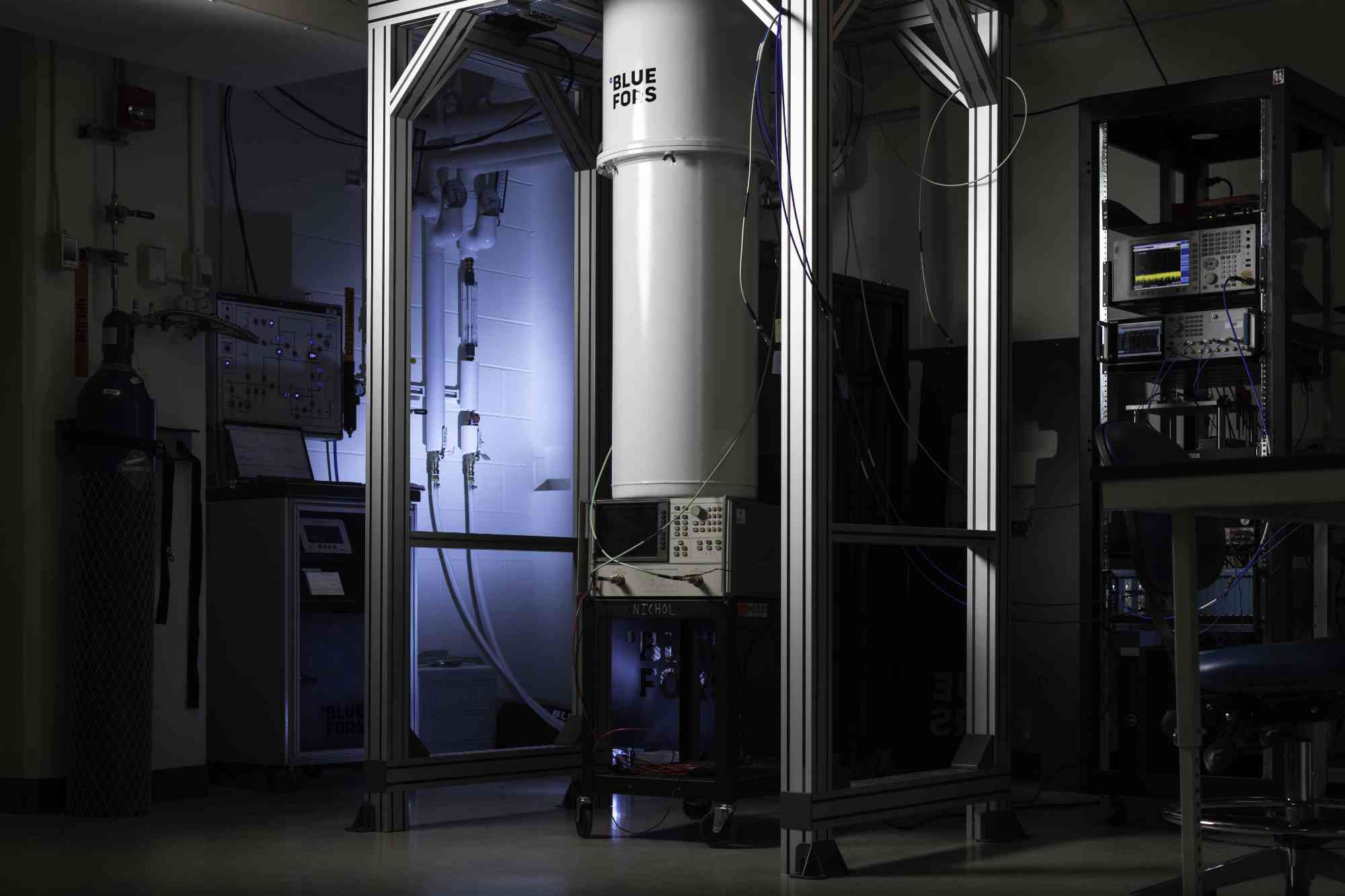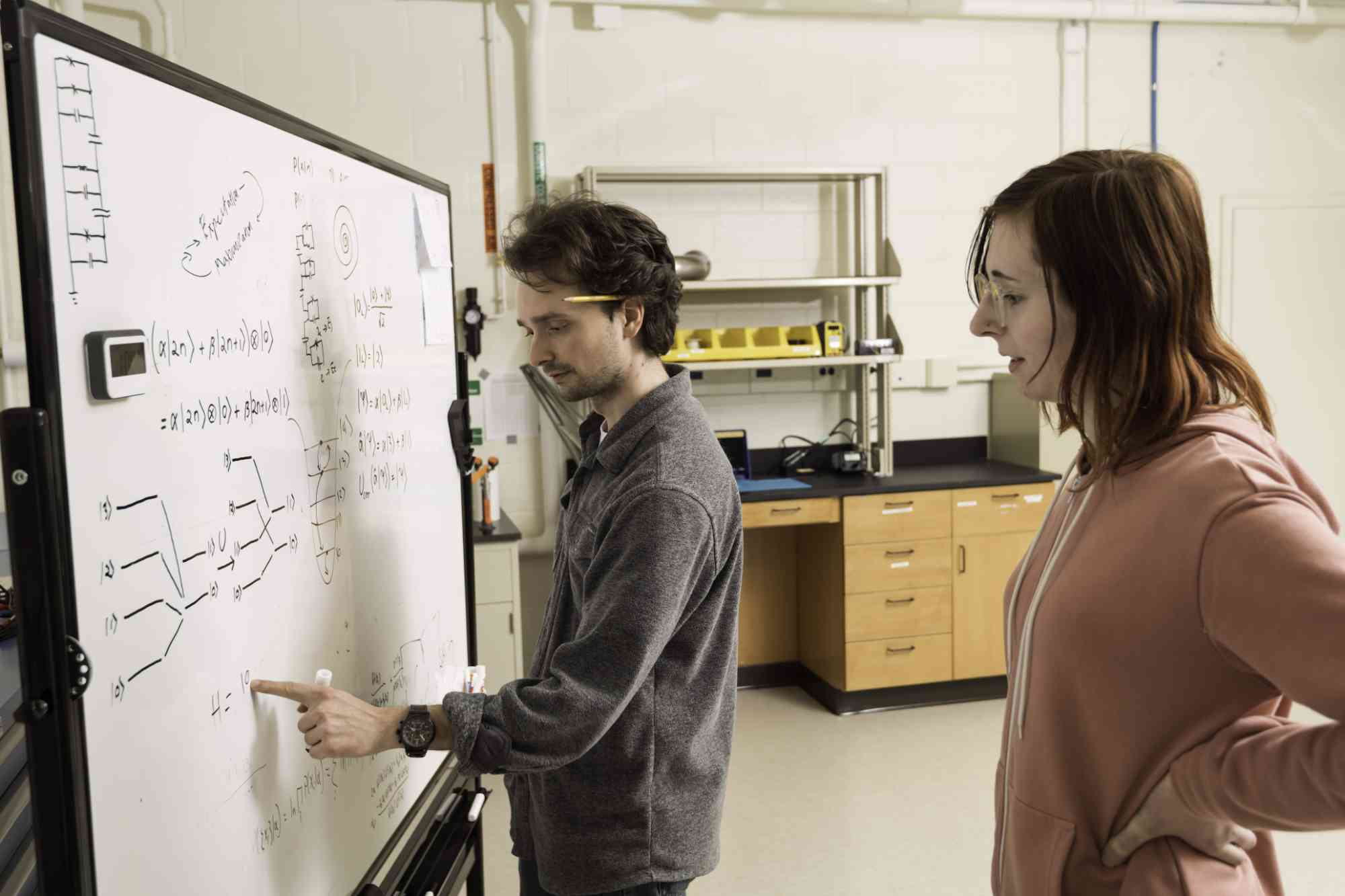
Physicist Machiel Blok develops techniques to improve superconducting circuits, which may help create more powerful quantum computers.
In the quest to unlock the power of quantum computers, scientists such as Machiel Blok study information processing at the infinitesimally small level of quantum mechanics.
Blok, an assistant professor in the Department of Physics and Astronomy at the University of Rochester, develops superconducting circuits, a type of electronic circuit that uses materials that have little to no electrical resistance when they are at very low temperatures. When currents flow through a typical conductor, such as copper, some of the energy is lost due to resistance. In a superconductor, however, there is zero resistance, meaning it can conduct electricity without any energy loss. This property emerges due to quantum mechanical effects—the behavior of particles at the atomic and subatomic levels.
Blok is formulating new techniques to improve superconducting circuits and make quantum computers and simulators that may eventually solve problems that classical computers could never solve.
In quantum mechanics, particles can exist in multiple states at the same time, a phenomenon known as superposition. While a regular computer consists of billions of transistors called bits, quantum computers are based on qubits. Unlike ordinary transistors, which can be either “0” (off) or “1” (on), qubits are governed by the laws of quantum mechanics and can be both “0” and “1” at the same time. Superconducting circuits can create qubits, put them into superpositions of different states, and manipulate these superpositions.
“By carefully controlling the interactions between these qubits, researchers can execute quantum algorithms, leading to much faster computing than that conducted by classical computers,” Blok says.
Block recently received a Young Investigator Research Program award from the Air Force Office of Scientific Research for his work in quantum information sciences. His current research explores a new way to store and transfer quantum information more efficiently in superconducting circuits using qudits instead of qubits. A qudit-based processor goes beyond binary quantum logic (“0” and “1”) and allows building blocks to have three or more logical states (“0,” “1,” “2,” etc.) in which to encode information. Blok’s method is based on using photons—tiny packets of electromagnetic radiation—to create and manipulate qudits to perform computations. The method could ultimately help protect quantum information from noise—unintended interactions between qudits and the environment.
“Quantum algorithms are extremely sensitive to noise, and a seemingly small disturbance can lead an operation to fail, completely ruining a quantum computation,” Blok says. “We aim to design superconducting circuits that protect against noise in future quantum computers and to develop technology to make quantum computers more powerful and reliable.”
Photos by University photographer J. Adam Fenster.
The making of superconducting circuits, qudit by qudit

CHIP SHOT: Blok and the members of his lab create superconducting chips by patterning metals such as niobium or aluminum on silicon chips. They begin by fabricating a spiral resonator at the Integrated Nanosytems Center (URnano) in Goergen Hall on the River Campus in collaboration with John Nichol, an associate professor of physics. In a superconducting circuit, a spiral resonator is essentially a tightly wound wire coiled in a spiral-shaped pattern using the material—in this case, niobium—that will take on superconducting properties when cooled down. The spiral resonator is like a tuning fork for the electrical signals; it helps to filter and control the flow of electrical signals in a precise and efficient manner by selectively responding to and amplifying certain frequencies while minimizing other frequencies.

COLD CASE: After the researchers have fabricated their spiral resonator, they put it in a dilution refrigerator, pictured above in Blok’s lab in Bausch & Lomb Hall. The dilution refrigerator cools the spiral resonator to temperatures close to absolute zero. At these temperatures, the niobium that makes up the spiral resonator becomes superconducting.

SAFE TRAVELS: The team measures and tests the spiral resonators using commercial microwave equipment. During this process, they send electrical signals to the spiral resonator. The signals interact with the resonator and bounce back. From the reflected signal, they can determine the resonator’s properties. In essence, the researchers are analyzing the electrical components of the circuits, measuring how electricity travels through the metals, and using electrical control signals to control the photons in the metals. Pictured above is graduate student Zihao Wang.

TOO LEGIT QUDIT: The researchers, including graduate students Ray Parker and Liz Champion, then discuss and perfect the process, which could ultimately help in protecting quantum information from noise and assist in quantum error correction. The circuits have a variety of potential applications, including in quantum computing and improving the accuracy of sensors.



